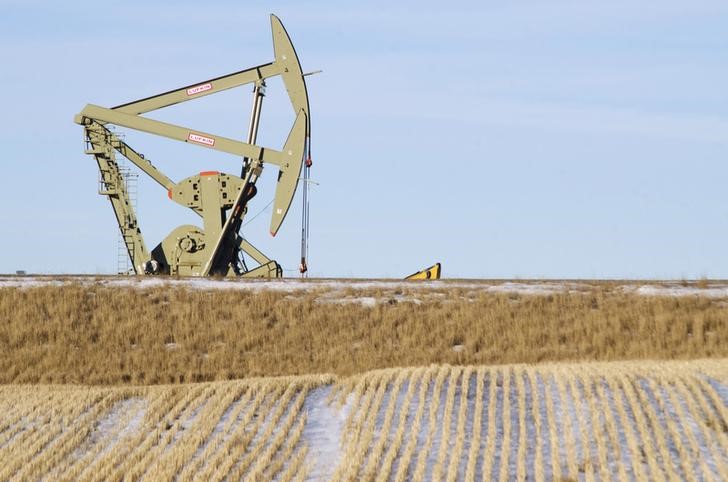By Ambar Warrick
Investing.com -- Oil prices fell further in early Asian trade on Thursday, as markets reassessed their outlook for demand this year amid signs of cooling economic growth and growing bets on more rate hikes from major central banks.
Strength in the dollar also weighed on crude prices, as the greenback firmed following a slew of hawkish comments from Federal Reserve officials.
The Fed’s Beige Book report, released on Wednesday, showed that economic growth eased in recent weeks, while U.S. inflation continued to run relatively high, which could attract more monetary tightening.
Brent oil futures fell 0.3% to $82.69 a barrel, while West Texas Intermediate crude futures fell 0.6% to $78.80 a barrel by 21:30 ET (01:30 GMT). Both contracts plummeted more than 2% on Wednesday, with U.S. crude prices losing the key $80 a barrel level.
Strong inflation readings in the UK and the euro zone cemented expectations that the Bank of England and the European Central Bank will continue to raise interest rates.
This came as several Fed officials also called for a rate hike in May, and said that future raises will be determined by economic data.
Fed fund futures prices show that markets are pricing in an 85% chance that the Fed will hike rates by 25 basis points in May, while a growing number of participants also see a hike in June.
This notion weighed heavily on crude prices, given that rising interest rates and slowing growth push up the prospect of a recession this year, which could severely crimp demand. Markets also fear that slowing growth in the West could largely offset a demand recovery in Asia, led by China.
But while the country saw stronger-than-expected growth in the first quarter of 2023, its manufacturing sector, usually a bellwether for economic health, still appeared to be struggling in the aftermath of the COVID-19 pandemic.
U.S. oil inventory data also painted a mixed picture of supply and demand in the world’s largest crude consumer. While U.S. stockpiles logged a bigger-than-expected draw in the past week, an unexpected rise in gasoline inventories showed that fuel demand at the pump remained soft.
Media reports also showed that oil exports from Russia's western ports touched a four-year high in April, somewhat undermining hopes that supply will tighten following a recent production cut by the Organization of Petroleum Exporting Countries and allies.
